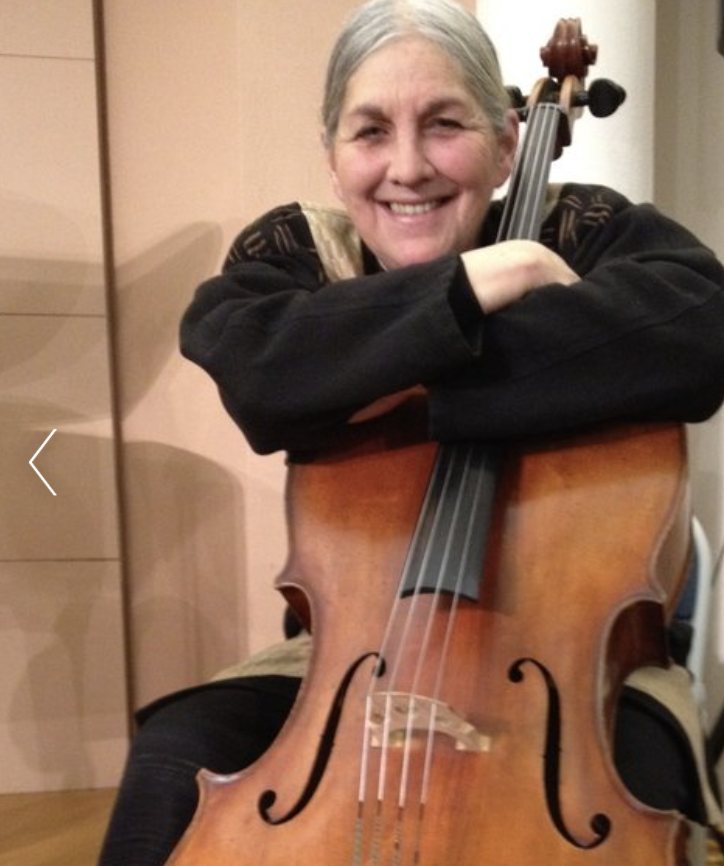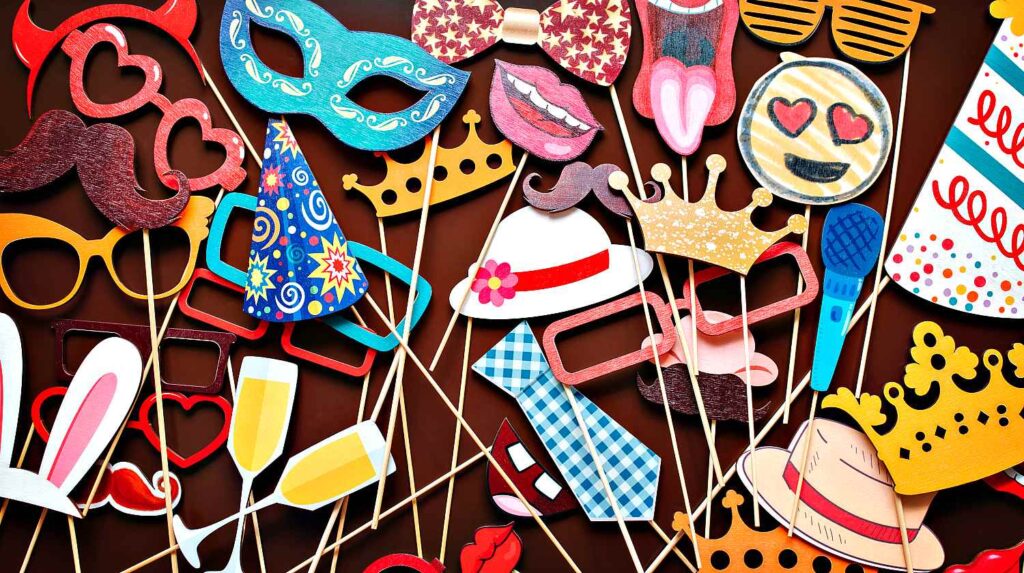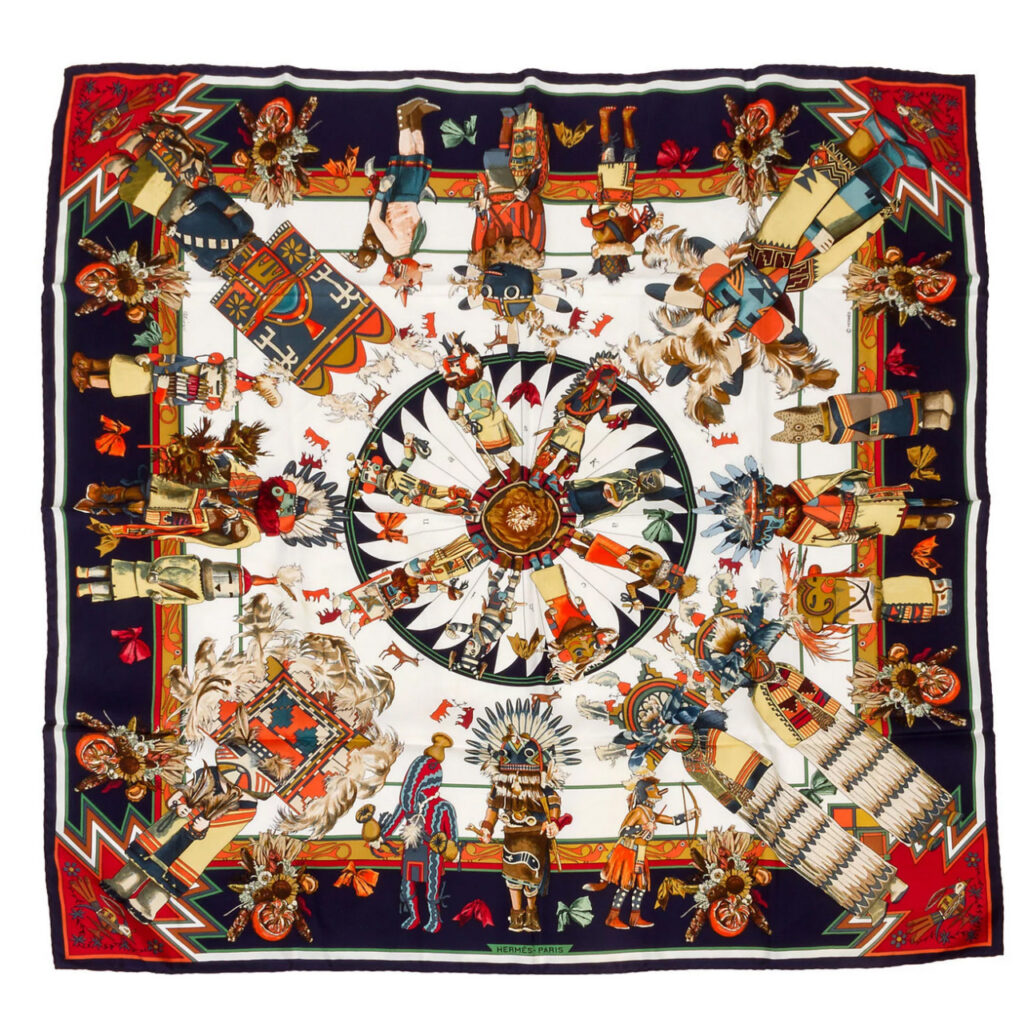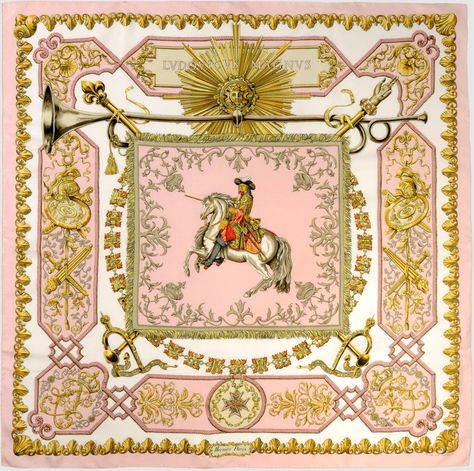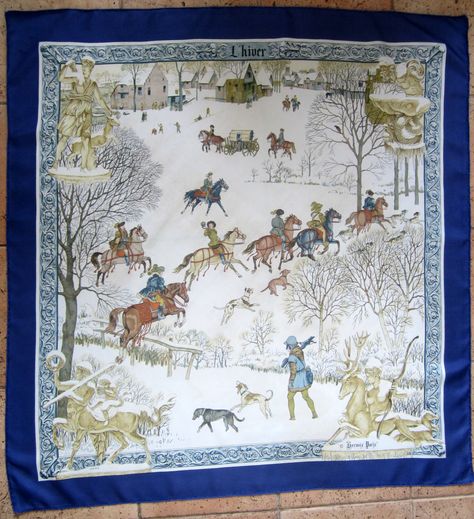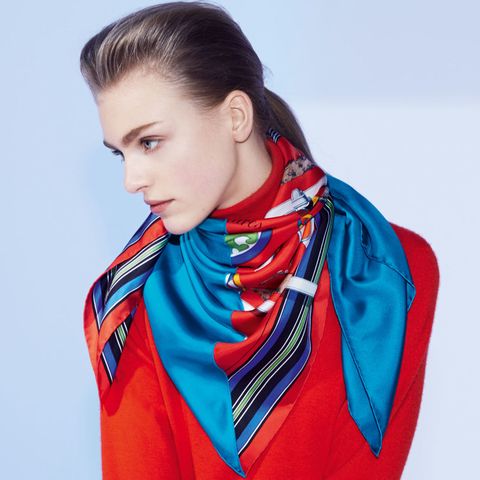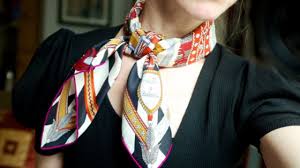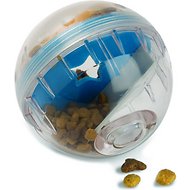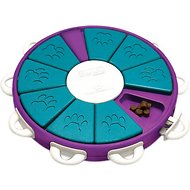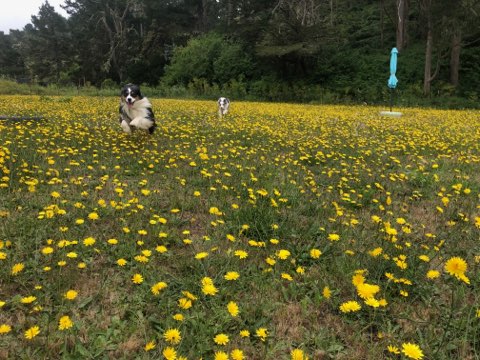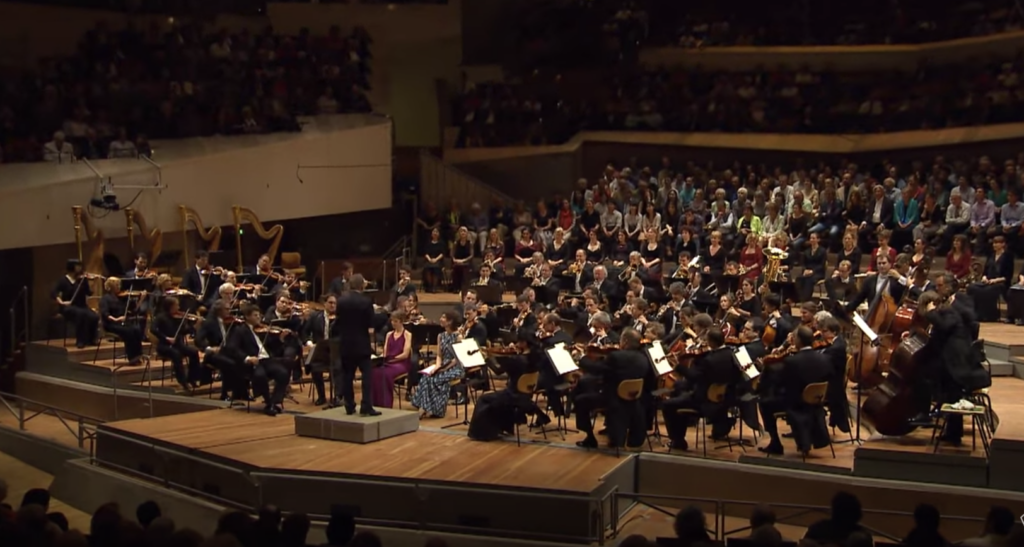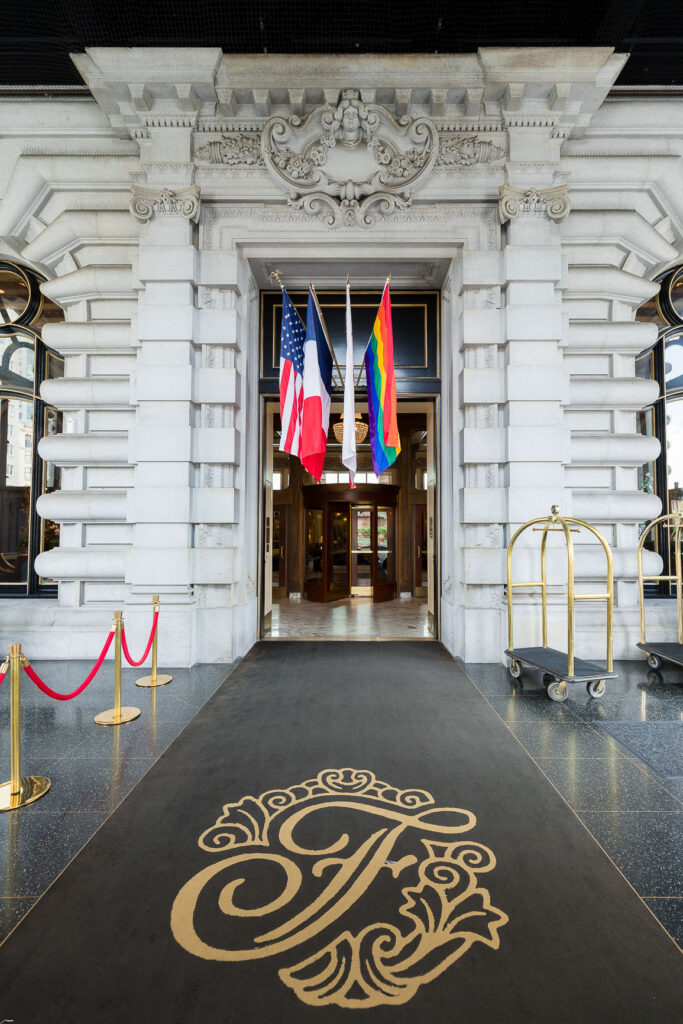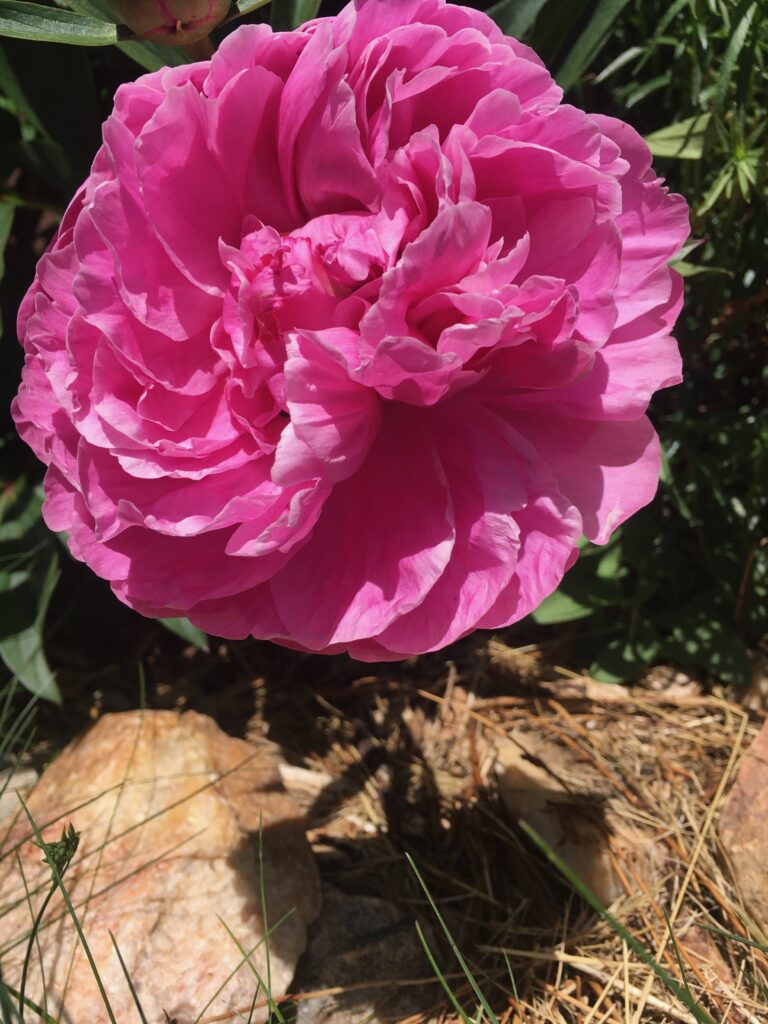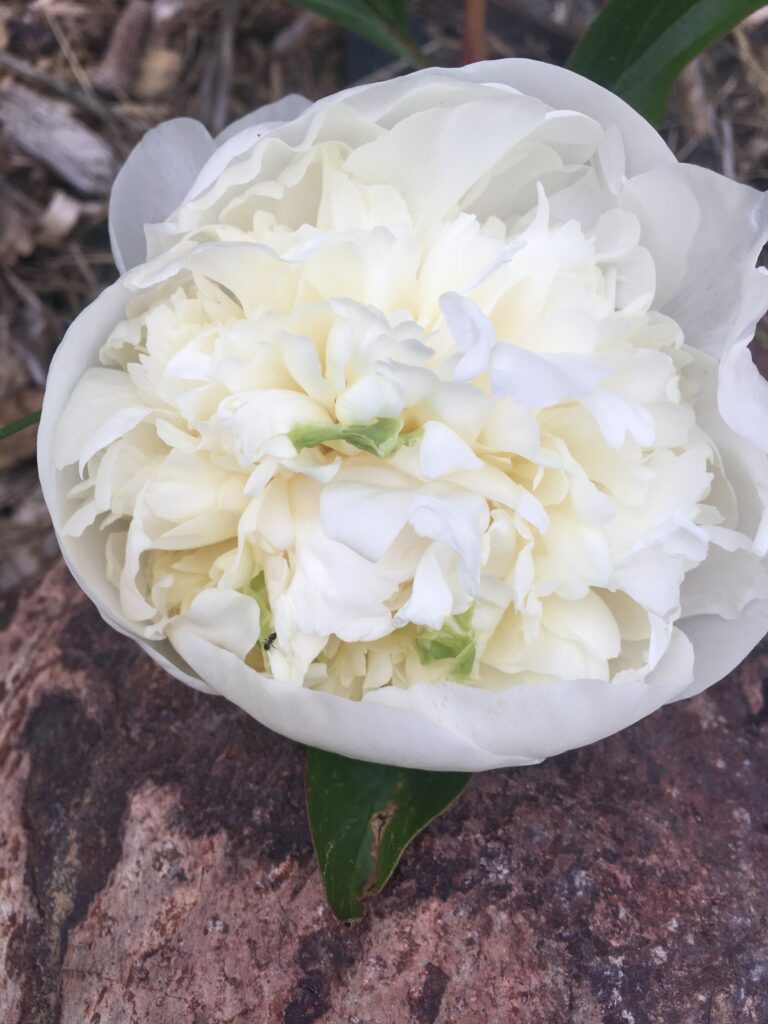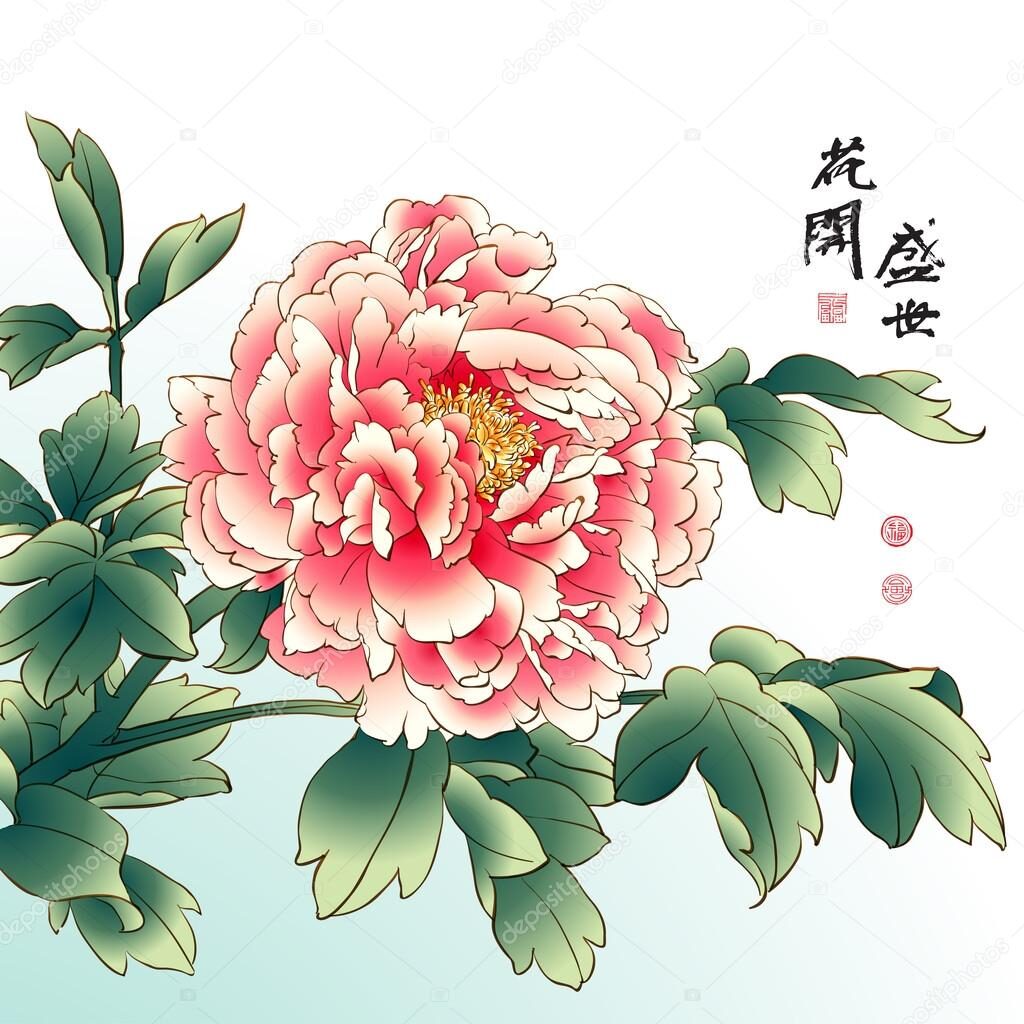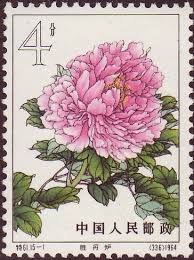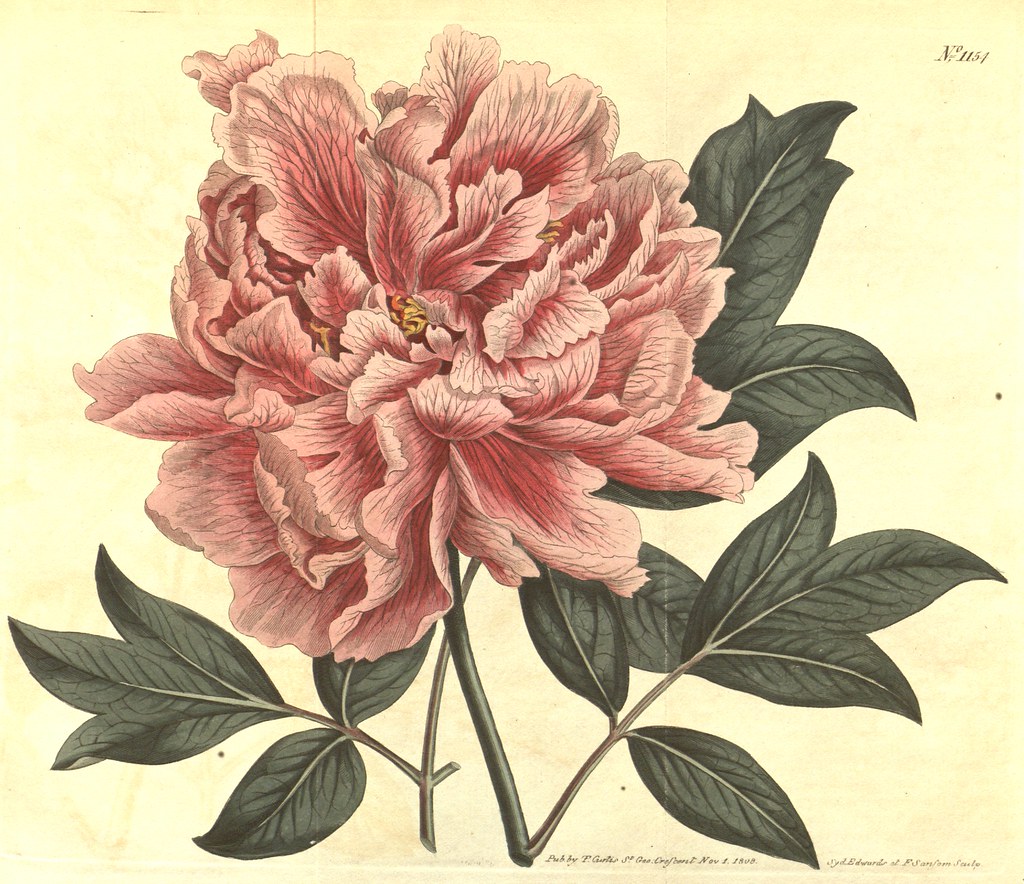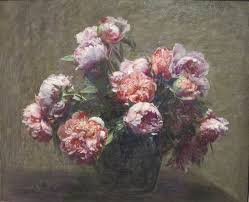The gummy bear we all love originated in my native Germany as “Gummibär” (gum or gummy bear), or – much more popular in the endearing form – as “Gummibärchen” ([little] gum or gummy bear). As Gum arabic was the original base ingredient used in the gummy bear recipe, the little guys are still carrying the term gum or gummy in their name. The company that invented the original gummy bear was founded by confectioner Hans Riegel in Bonn (and called Haribo) in 1920. Riegel wanted to offer a “children’s article,” and two years into his new company, in 1922, inspired by the trained bears at street festivities and county fairs in Europe through to the 19th century, he invented the Dancing Bear (Tanzbär), a small, inexpensive, fruit-flavored gum candy treat for children (and adults alike), which was much larger in form than its later successor, the Gold-Bear (Goldbär) which we are enjoying today. Even during the horrific economic crisis in Germany in the late 1920s and 1930s, Haribo’s fruit-gum Dancing Bear treats remained affordably priced for a mere 1 Pfennig, (roughly – half a US penny!) in pairs, at kiosks. In 1967, the smaller version of the Dancing Bear was invented – the gummy bear we can buy today as “Haribo Goldbär.” It is certainly one of the most successful (and beloved…) candy products EVER!
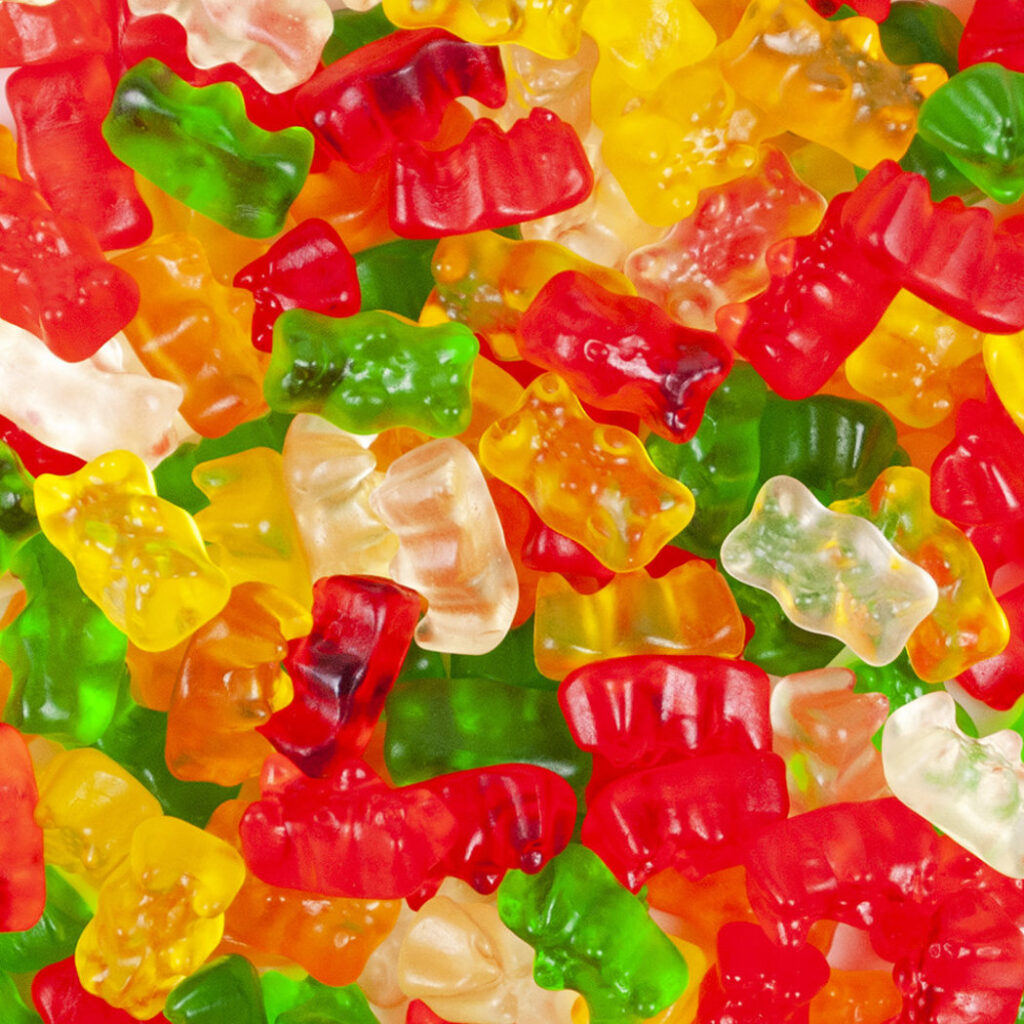
With the success of the gummi bears, many similar products have followed – gummy candies that look like animals and other objects: rings, worms, frogs, snakes, hamburgers, cherries, sharks, penguins, hippos, lobsters, octopuses, apples, peaches, oranges… So, what’s YOUR favorite?

